What is a POS terminal machine?
POS (Point of sales) means “point of sales”, the full name is point of sale information management system, is a terminal reader equipped with barcode or OCR code technology, with cash or barter line cashier function. Its main task is to provide data services and management functions for commodity and media transactions, and to conduct non-cash settlement. POS is a multi-function terminal. It can be installed in the designated merchants and acceptance outlets of the credit card to connect to the computer to form a network to realize the automatic transfer of electronic funds. It has the functions of supporting consumption, pre-authorization, balance inquiry and transfer, etc. It is safe, fast and reliable. It is difficult to obtain basic operating information in large transactions, and the introduction of POS systems is mainly to solve the blind spots of information management in the retail industry. An important part of the chain store management information system.
How does the POS terminal machine work?
The basic principle of the POS system is to first create the product information in a computer file. Through the computer cash register connection structure, the barcode on the product can be directly read through the optical reading device on the cash register device (or directly input the code from the keyboard) immediately Can display product information (unit price, department, discount…) to speed up the speed and accuracy of the cash register. Each product sales detail data (sale price, department, time period, customer level) is automatically recorded, and then sent back to the computer by the online structure. Various sales statistical analysis information can be generated through computer calculation and processing as the basis for operation and management.
The POS terminal machine reads the cardholder’s magnetic stripe information on the bank card through a card reader. The POS operator enters the transaction amount and the cardholder enters personal identification information (ie password). The POS sends the information through the UnionPay center. The card-issuing bank system completes online transactions, gives information about success or failure, and prints the corresponding bills. The application of POS realizes online consumption of bank cards such as credit cards and debit cards, ensures the safety, speed and accuracy of transactions, avoids the cumbersome labor of manually querying blacklists and pressing orders, and improves work efficiency.
The POS terminal machine reads the user information in the magnetic stripe and sends a deduction request to the payment management system platform (UnionPay) in a wired or wireless manner, and finally returns the processing result after the UnionPay platform completes the information confirmation check. The emergence of POS machines has greatly changed people’s payment habits. In particular, mobile POS machines that use wireless communication technologies such as GPRS modules have further improved the convenience of payment.
The design requirements of the magnetic stripe card module meet the needs of three-track magnetic cards, that is, this module must be able to read 1/2, 2/3, 1/2/3 magnetic cards. The communication interface circuit is usually composed of interface circuits such as RS232 interface, PINPAD interface, IRDA interface and RS485. The RS232 interface is usually the POS program download port, the PINPAD interface is usually the interface between the host and the password keyboard, and the IRDA interface is usually the infrared communication interface of the mobile phone and the landline. Interface signals are usually composed of a sending signal, a receiving signal and a power signal.
MODEM board is composed of central processing module, memory module, MODEM module and telephone line interface. First, the POS will first detect the /RING and /PHONE signals to determine whether the voltage on the telephone line can be used. The switch returns a dialing tone, the POS dials, the sending light flashes, and the dialing starts. The communication protocol determines the switch and After the signal handshake confirmation between POS, the data exchange of POS starts, and the signal is sent and received through the MODEM circuit; after completion, hang up and end the process.
What are the functions of the pos machine?
It is suitable for large and medium-sized supermarkets, chain stores, hypermarkets, large and medium-sized restaurants and all high-level management retail enterprises. With IC card function, membership card and internal issuance of IC card and securities can be used. Can speak and show off. It can be connected to a variety of peripherals such as scanners and printers.
The pos machine has the management functions of large-scale chain supermarkets such as front-end and back-end purchase, sale, storage and distribution. The catering type has a catering service function, and can be connected to multiple kitchen printers, handheld ordering machines and other peripherals. Can realize unattended remote communication with PC and download data. It has the function of Ethernet communication, and forms the real-time management system of the main and branch network through ADSL broadband.
The steps when using POS for settlement are as follows:
1. The barter cashier system of local bartering agents or special customers enters the purchase or consumption amount of the buyer’s member into the POS terminal.
2. The card reader (POS machine) reads the authentication data of the magnetic stripe on the advertising barter card and the buyer’s membership number (password).
3. The settlement system sends the entered data to the supervisory account of the center.
4. After the advertisement barter cashier system confirms the processed settlement data, it shall be signed by the buyer’s member. Buyers and sellers and barter agents or special merchants each keep a receipt stub, and the barter agent or special merchant mails their receipt stubs to the barter company.
5. After the barter company confirms that the buyer has received the goods or media services, the settlement center will transfer the easy-to-exchange quota. Complete the settlement process.
How many types of POS machines are there?
1. Fixed POS machine
The advantages are:
1. Software upgrades and maintenance are relatively easy;
2. Network dial-up mode, fast dialing speed;
3. POS transaction settlement is relatively easy;
the disadvantage is: connection operation is required, and guests need to pay at the cashier. Merchants suitable for integrated transformation projects.
2. Wireless POS machine
The advantages are:
1. Wireless operation, free form of payment location;
2. Small size;
disadvantages:
1. The communication signal is unstable;
2. The data is easy to lose;
3. The cost is high. Applicable is the type of merchant that collects money from the guest’s residence.
Who provides POS machines?
Tcang established in 2010, our company is mainly engaged in POS cash register, touch screen POS system, thermal printer R&D, production and sales. Its TCANG brand products are exported to the United Kingdom, United States, Australia, Romania, Switzerland, Germany and other countries, very popular in those countries.
After eight years of hard work and development, the company establish perfect sales service system. Strict quality control, well-built TCANG brand, we can provide OEM service for our customers, welcome to cooperate with us.
Our product: integrated cash register, split cash register, touch screen POS system, touch screen LCD monitor, 58MM thermal printer, 80MM thermal printer, VFD customer display, laser scanner, MSR.
Advantage:
1.More than 20 years mold making experience
2.Professional design team and own patented product
3.Strict quality control certificated by CE FCC ROHS
4.High –quality supplier resources
5.Perfect after-sale service
6.Fast delivery time sample can be ready at 2-5 day
Any other question,welcome to contact me.









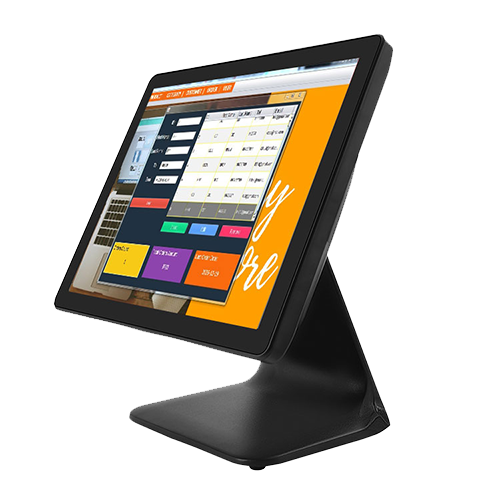




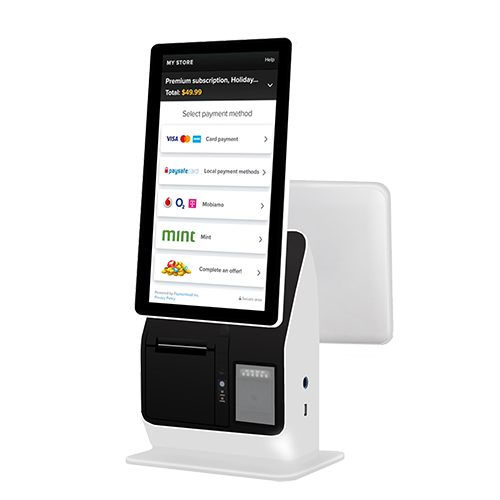


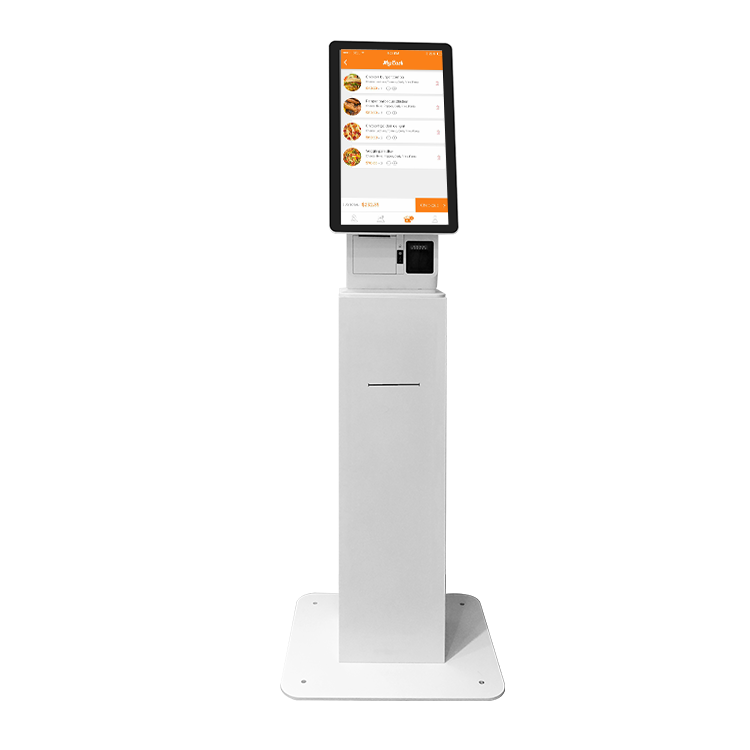




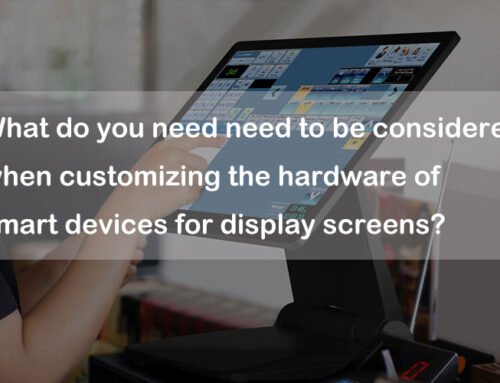
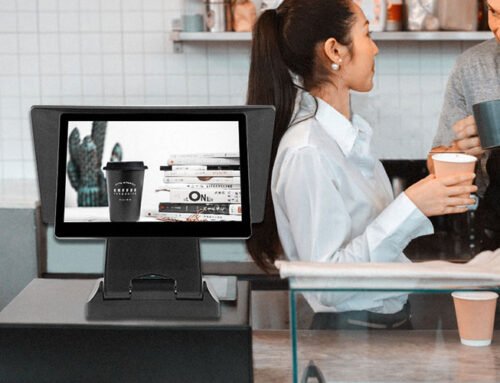
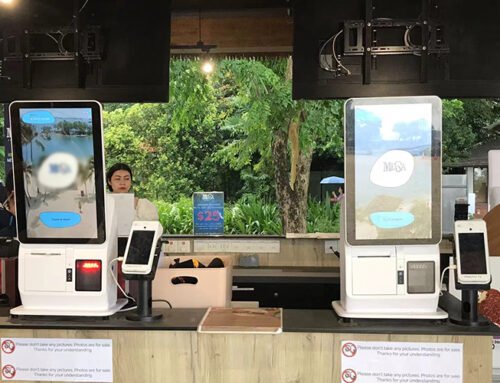
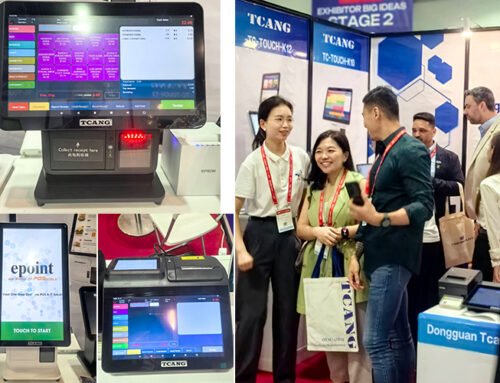
Leave A Comment